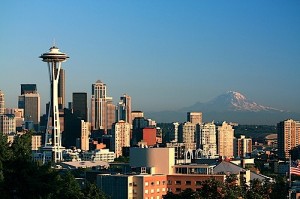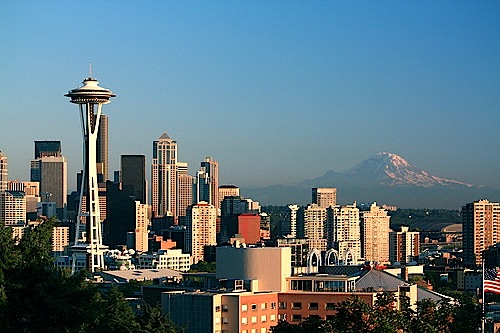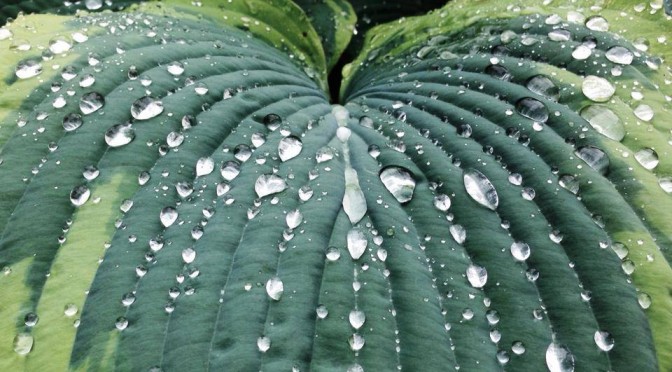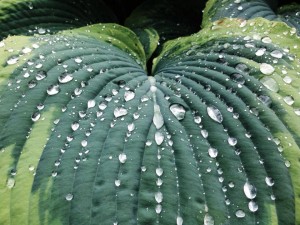 Seattle residents are discovering that rainwater catchment is a viable source of clean water for their homes.
Seattle residents are discovering that rainwater catchment is a viable source of clean water for their homes.
Many Seattle residents are having rainwater collection systems designed and installed to augment their city water usage. A simple rain barrel system that the home owner can install is just the tip of the iceberg for the increased use of rainwater collection.
Irrigation demands of landscaping are being met by rainwater catchment in urban environments by residential and commercial consumers. Whether the application is for new construction or existing buildings and homes, many are opting for a greener way to control stormwater runoff. While new construction is mandated to infiltrate on-site runoff from roofs, existing buildings and homes are discovering rainwater collection can offset their water and sewer bill.
Rainwater is generally without chlorine or additives that city water has and is beneficial to the healthy growth of plants. A simple rain barrel system for small irrigation needs is easy to install and can supply enough water for a limited amount of irrigation. Larger systems for irrigation can be achieved with underground cistern or slimline tanks. These systems are generally gravity fed to the cisterns and pressurized with a booster pump to faucets or hose bibs.
Rainwater catchment for irrigation demands is the introduction to household usage such as toilet and or laundry facility systems. Approximately 50% of household use of water is for these purposes. Whole house use of filtered, disinfected rainwater can supplement city water usage with quality, safe, potable water thus reducing monthly water and sewer bills. An automated system, when designed and properly installed, allows a homeowner or commercial building maintenance personnel, hands-free switching from city to rainwater.
“Seattle Downtown After Rain” by ruoyun is licensed under CCby2.0
 Is Seattle Making Progress on Stormwater Solutions?
Is Seattle Making Progress on Stormwater Solutions?


 Seattle residents are discovering that rainwater catchment is a viable source of clean water for their homes.
Seattle residents are discovering that rainwater catchment is a viable source of clean water for their homes.
